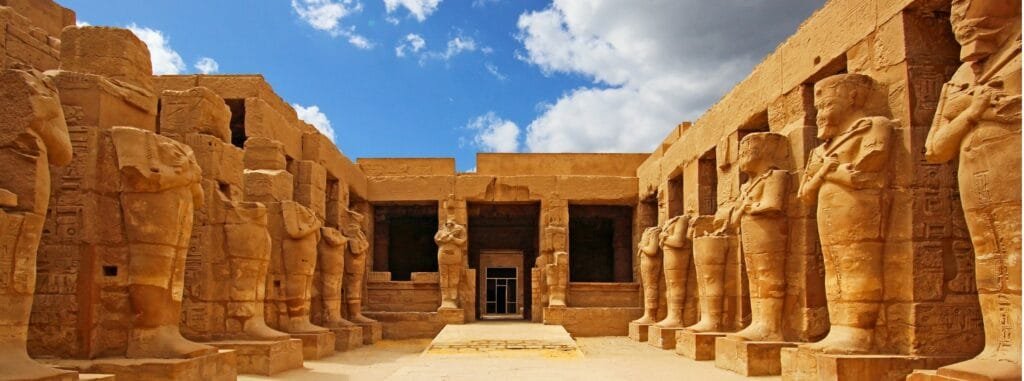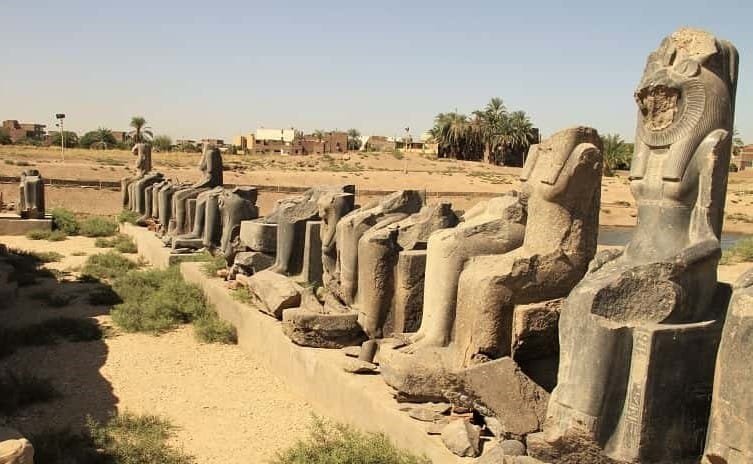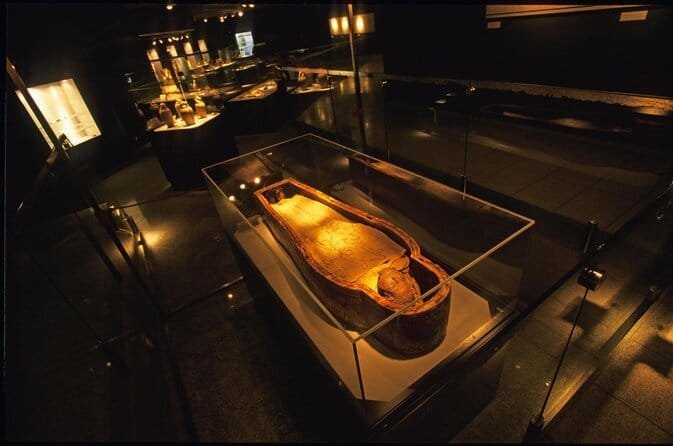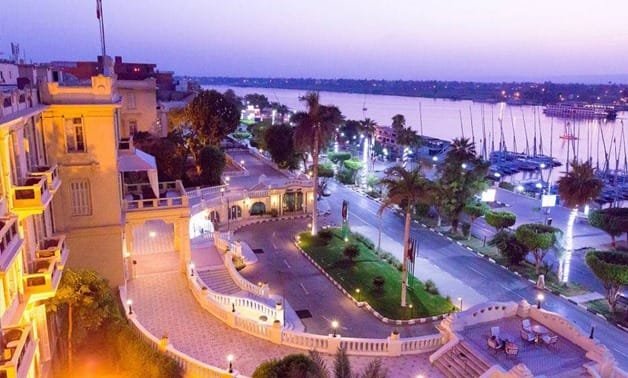The East Bank of Luxor is one of the most fascinating regions in Egypt, home to some of the world’s most significant ancient monuments and temples. Located along the majestic Nile River, the East Bank is where visitors can immerse themselves in the spiritual and cultural heart of ancient Thebes, the capital of Egypt during the New Kingdom. This area is rich in history and offers a unique opportunity to walk through the remnants of one of the most powerful civilizations in human history.
The East Bank is home to two of Egypt’s most iconic sites: the awe-inspiring Luxor Temple and the grand Karnak Temple, as well as several other ancient treasures. These temples were central to the religious and political life of ancient Egypt, serving as places of worship, divine authority, and royal rituals. The grandeur of their architecture and the intricacy of their carvings provide valuable insights into the beliefs, culture, and achievements of the ancient Egyptians.
In addition to the major temples, the East Bank also boasts the Avenue of Sphinxes, the Temple of Mut, and the Mummification Museum, which together create a comprehensive picture of ancient Egyptian religion, funerary practices, and royal power. As visitors stroll through these magnificent sites, they can’t help but be captivated by the blend of history, architecture, and spirituality that defines Luxor’s East Bank.
This blog will take you through the most significant attractions on the East Bank of Luxor, offering a deeper understanding of the ancient temples and monuments that have shaped Egypt’s rich cultural heritage for millennia. Whether you’re a history enthusiast or simply in awe of monumental architecture, the East Bank of Luxor promises a journey through time that you won’t soon forget.








